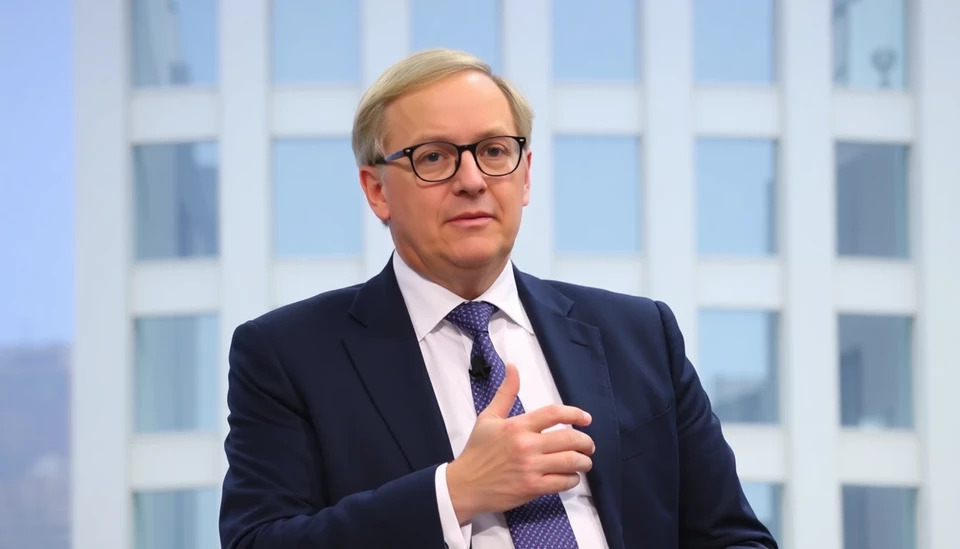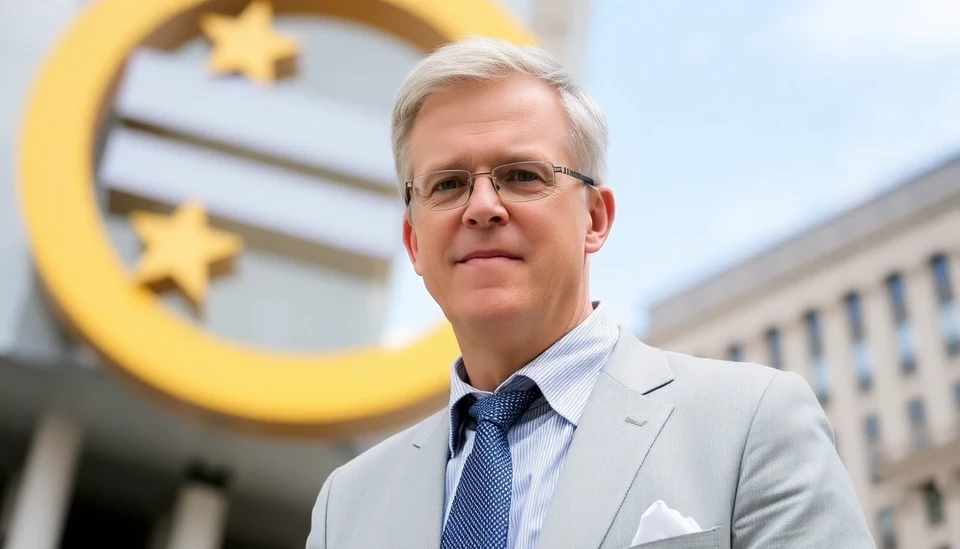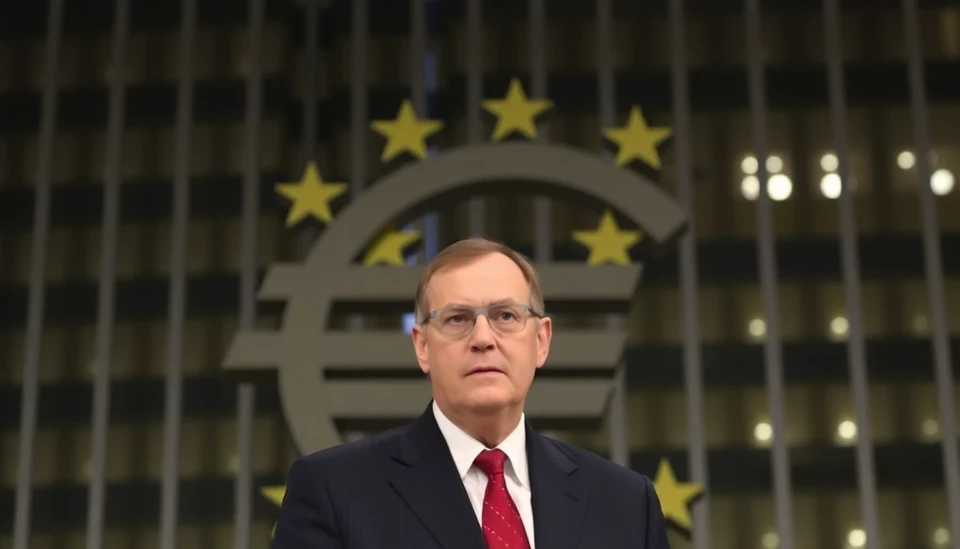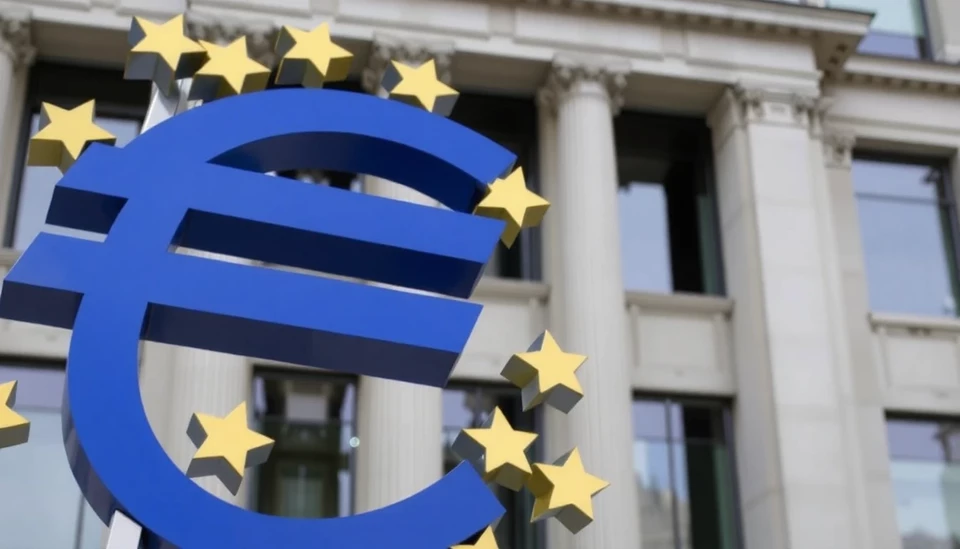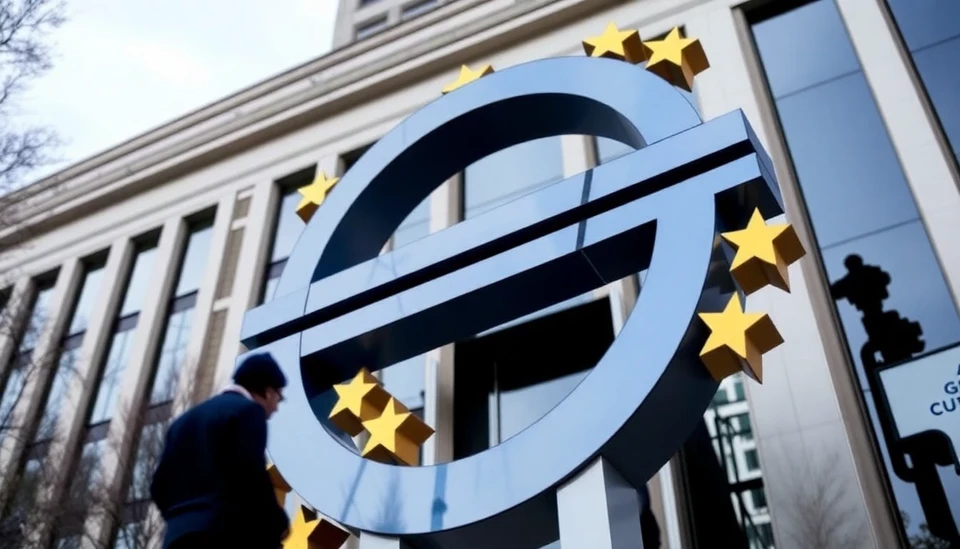
Financial analysts and economists are increasingly optimistic about the European Central Bank's (ECB) monetary policy, forecasting significant interest rate cuts as early as 2026. This shift in outlook comes in response to a convergence of economic factors that could lead the ECB to rethink its approach to combating inflation and stimulating growth across the Eurozone.
The outlook for lower interest rates has emerged as inflationary pressures begin to ease, with many economies showing signs of stabilization. Recent data indicates that consumer prices in the Eurozone have moderated, providing a more favorable environment for the ECB to reconsider its tight monetary stance that has been in place for over a year.
Market participants have been keenly monitoring ECB communications and economic indicators, with expectations mounting that the governing council may cut rates earlier than previously anticipated. The consensus among financial institutions and economic analysts suggests that the central bank might strategically lower rates to support economic growth and alleviate the burdens on consumers and businesses grappling with higher financing costs.
Analysts are now embedding these expectations into their models, suggesting that if the current trend persists, the ECB could explore broader stimulus measures to boost economic activity. Heightened speculation about reduced rates has prompted discussions regarding the impact on sectors sensitive to interest rate fluctuations, which raises questions about how lower borrowing costs could invigorate lending and investment across the Eurozone.
The anticipated rate cuts are being viewed as a critical tool for the ECB in overcoming challenges posed by uncertain global economic conditions and potential downturns within the region. With various external factors influencing the Eurozone’s economic landscape, including geopolitical tensions and shifts in global trade patterns, the central bank's responsiveness to these dynamics will play a pivotal role in shaping its monetary policy decisions going forward.
The shift in expectations regarding the ECB’s interest rate policy is significant, underscoring the evolving narrative in Eurozone markets. As analysts continue to gauge the trajectory of inflation and economic recovery, many are left wondering if the central bank will move to implement these anticipated cuts smoothly or if additional complications may arise that could hinder such decisions.
In conclusion, as we approach 2026, ECB watchers will remain vigilant, analyzing data and statements that could hint at a policy pivot towards lower rates. The ever-evolving economic landscape in the Eurozone necessitates close attention to these trends, given their potential ramifications for both domestic and global markets.
#ECB #InterestRates #EconomicForecast #EurozoneEconomy #MonetaryPolicy #MarketTrends
Author: Daniel Foster

